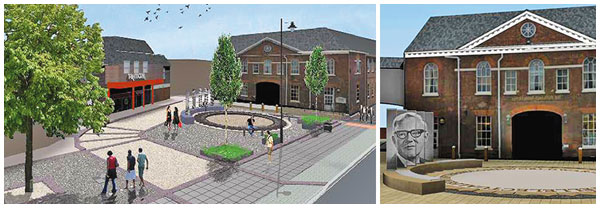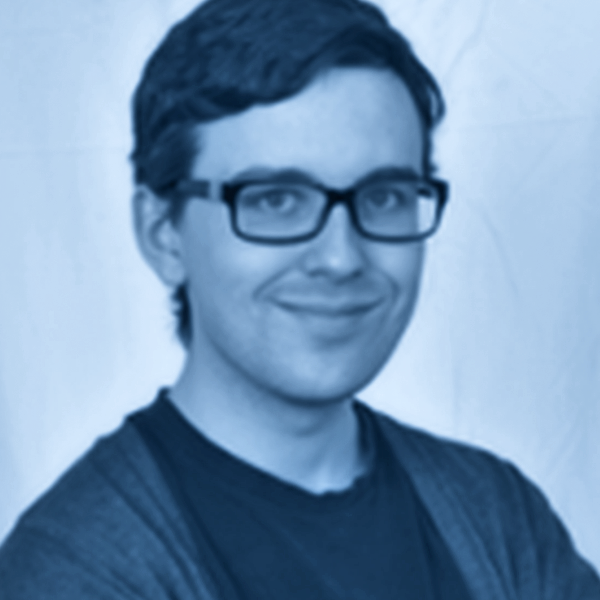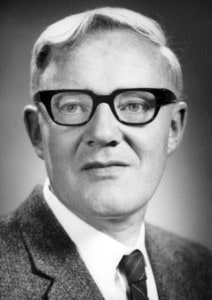Memorial planned to honour West Montrose’s Bill Tutte, who was humble to the extreme, never playing up his key role deciphering WWII codes at famed Bletchley Park
If you had helped bring the Second World War to an end two years ahead of schedule, this might be a fact that you would want to brag about. But William Thomas Tutte – “Bill” to friends and family – lived a life of comfortable obscurity, living in West Montrose and teaching mathematics at the University of Waterloo.
![Before he was a professor at the University of Waterloo, Bill Tutte broke a Nazi code that helped end the Second World War two years early.[Submitted]](https://www.observerxtra.com/content/images/wp-content/uploads/2014/05/post_code-2.jpg)
But now, a new memorial project in Tutte’s UK hometown of Newmarket, Suffolk aims to put the unknown soldier in his rightful place in history.
“‘Modest’ is always the word,” said Richard Fletcher of the Bill Tutte Memorial Fund, speaking by phone from Newmarket. “He could never really discuss what he did, but indeed he never really referred to anything about his wartime work at all. He was a very quiet, humble man who liked nothing better than mathematical puzzles – the more complicated the better – and playing chess with his grandchildren.”
Tutte was a Trinity College chemistry grad and member of the Government Code and Cypher School in 1941 when he was recruited to join a research team at Bletchley Park investigating enemy codes. The “Tunny” code (now known as the Lorenz code) was being used by the Nazis to connect with elite commanders, with the assumption it was unbreakable.
A critical breakthrough came on August 30, 1941, when Hitler sent the same message twice, with the same settings, using abbreviations for common words. Tutte noticed 41 characters used in a repeat pattern, and realized the rotor of the Lorenz machine had 41 teeth. Using “intellect and intuition alone,” Tutte was able to describe all 12 rotors in just a few weeks, and the allies were able to decipher Germany’s top-level communications.
Tutte’s discoveries were heavily influential in the critical years of 1942 and 1943: the British were able to read Hitler’s traffic directions and supply the Russian allies with Germany’s strategic information and orders of battle. Russia’s victory against Germany at Kursk in 1943 is often cited as a turning point in the war, and Tutte is now credited with having ended the war in Europe by at least two years.
While Alan Turing, a contemporary of Tutte’s, would become famous for unlocking the Enigma code, historians cite the Lorenz code as more complicated and significant. But tensions between Britain and Russia kept Tutte from being recognized: after the war, Russia confiscated the Lorenz machines not knowing the British government had broken the code. The U.K. secretly monitored Russia using Tutte’s discoveries.
“Alan Turing gets all the publicity and all the Hollywood movies, which is unfortunate,” said Fletcher. “Although he was important, and he broke the Enigma code, it actually wasn’t quite as strategically important as the Lorenz code, nor indeed was it as difficult to crack.”
Only in the ‘90s did Tutte’s achievement become public, when scientists working to rebuild the British codebreakers’ Colossus computer unearthed his story. By that time, Tutte was a distinguished mathematician at the University of Waterloo, whose algorithms were being used in search engines (a bust of his head is at the Microsoft headquarters in Seattle). In 2001, the year before his death, Tutte was honoured with the Order of Canada.

In Newmarket, where he was born, Tutte was virtually unknown until 2011, when the BBC ran the documentary Lost Heroes of Bletchley Park. Within a year, fundraising began on the memorial project.
“Every shopping mall or town centre has a bronze of a famous figure that people look at and sit by, but we wanted to do more than that,” said Fletcher. “We wanted to excite people’s imaginations. We wanted to celebrate the life and work of a great man, but also get people thinking about what he did.”
As such, the memorial will include many allusions to Tutte’s discoveries: seven-foot steel panels perforated to resemble punched paper tape; a “squared square” pavement, referencing the math puzzles Tutte studied as an undergrad; and a 41-toothed wheel to simulate the Lorenz code rotors.
“Lots of his students have graduated from Waterloo University, and they’re all around the world,” said Fletcher. We’ve had interest from the United States, from Japan, from Europe, from people who know his work and want to contribute.
The society has raised most of the money for the memorial (University of Waterloo professor Dan Younger is a major patron), but is still seeking donations for its education initiatives, including a Bill Tutte Scholarship for math students.
“We’re a horseracing town – we’re not renowned for intellectual achievements,” said Fletcher. “Most of the kids’ aspirations don’t go beyond possibly being a champion jockey.
“We’d like to broaden their horizons, and if we can encourage people to take maths or computer sciences at university, we’d love to do so.”
To make a donation to the Bill Tutte Memorial Fund, and see the design, go to billtuttememorial.org.uk.








